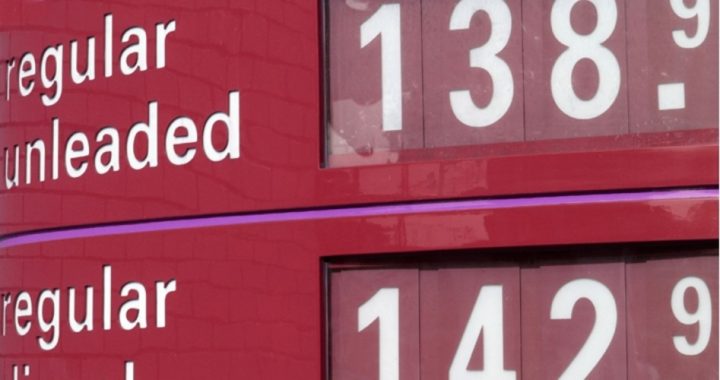
Tuesday’s report released by the U.S. Energy Department proves only two things: That predictions will change on a monthly basis, and that the general trend in the price of crude oil and natural gas is down for at least another year, perhaps two.
It predicted that Brent (London-based pricing) crude oil will average $34 a barrel in 2016 and $40 a barrel in 2017. Those prices are down from $37 a barrel and $50 a barrel predicted just last month. And January’s report from the Energy Information Agency (EIA, the statistical department of the Energy Department) also predicted figures higher than the latest numbers: $40 a barrel in 2016 with West Texas Intermediate (WTI, priced in Oklahoma City) at $38 a barrel in 2016 and $48 a barrel in 2017.
If the professionals don’t know, how is anyone else supposed to know? EIA administrator Adam Sieminski tried to answer:
Global inventories over the next two years are expected to grow more rapidly than [we] previously expected because of higher world production and less oil demand due to weaker economic growth worldwide.
Higher growth in world oil inventories tends to delay the rebalancing of supply and demand in the global market, keeping prices low.
Translation: There are so many moving parts to these predictions that it’s hard to keep up. But we’re doing the best we can.
Some of those moving parts include: 1) a possible freeze in production by OPEC, which surfaced earlier this year; 2) Iran’s adamant and repeated determination that it would not go along with such a freeze, thus neutralizing nascent enthusiasm over the idea; 3) tankers full of newly refined oil products from Iran that are arriving at European ports; 4) investors’ money pouring into U.S. energy producers by the billions; 5) the price of crude oil jumping more than 30 percent in just the last couple of weeks; 6) floating storage tankers getting almost full; 7) salt caverns converted to storage facilities for crude nearly full; 8) railroad tankers being commissioned into service to handle the two million barrels of excess supply per day pouring out of American wells; 9) storage space being used up, and storage costs going up as well, reducing net prices to producers even further; 10) rig counts dropping to 17-year lows; 11) the summer driving season around the corner, which is likely to break records already being set by drivers currently taking advantage of low gasoline prices to do more driving; 12) the relatively mild winter creating the same storage problem for the natural gas industry, with natural gas prices hitting lows not seen in decades; and so on.
Putting all these factors into their blender, the statistical wonks at the EIA do see an overall trend emerging: The “rebalancing” of supply and demand isn’t likely to happen until the fourth quarter of 2017.
In the meantime prices will be volatile, say those wonks. Using contracts for future delivery stretching from June to December and out, the EIA predicts that prices will vary from those predicted, from a low of $24 a barrel to a high of $58 a barrel over the next nine months.
The update from the EIA will be released in early April. Watch for it to refine further their predictions about an unpredictable market.
A graduate of an Ivy League school and a former investment advisor, Bob is a regular contributor to The New American magazine and blogs frequently at LightFromTheRight.com, primarily on economics and politics. He can be reached at [email protected].
Related article:



